Why I bought the Leica M11 rangefinder camera
A camera doesn't make the photographer, but in this case, maybe the Leica does.
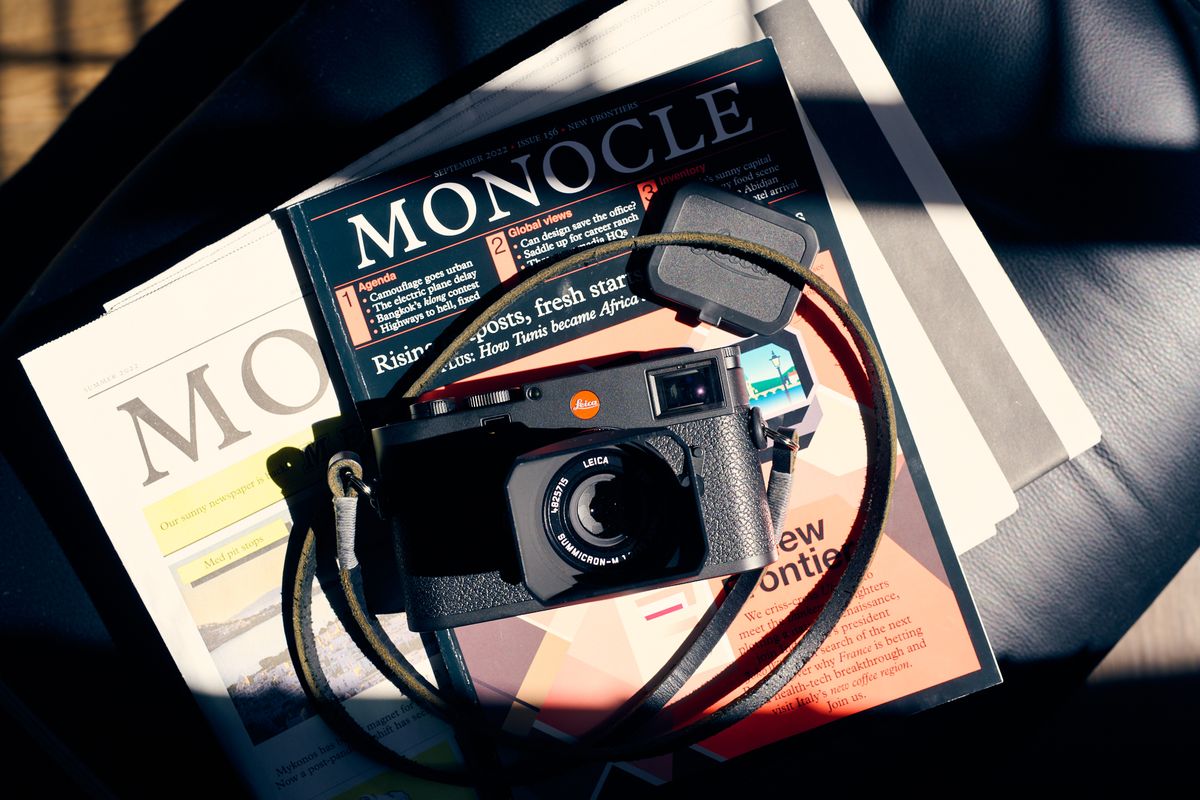
I certainly didn’t need to buy another expensive camera.
I use a Nikon Z7 mirrorless camera for food photography, and it’s fast, accurate, and produces stunning imagery. But there’s something clinical about the images it makes. And it’s almost too easy to use; you can capture high contrast, infinitely detailed images with its wide dynamic range and high megapixel resolution that afford sloppiness, allowing you to correct most errors later in Lightroom or CaptureOne.
And sloppy I have become. I’ve started shooting without a second thought, haphazardly capturing the moment, knowing later I can “make it right” if the capture isn’t quite where it should be.
But that’s not the case with the manually operated Leica M11.
Yes, it has a very large sensor (60 megapixels!), but there’s no autofocus. No massive viewfinder showing you precisely what you’re about to capture. (If I had to say, all the ballyhoo around the “big, bright viewfinder” of Leica cameras doesn’t quite compare to something big and bright like the old Nikon D3.) You have to use your eyes and imagine what you want to capture and after pressing the shutter release button, hope you captured just that.
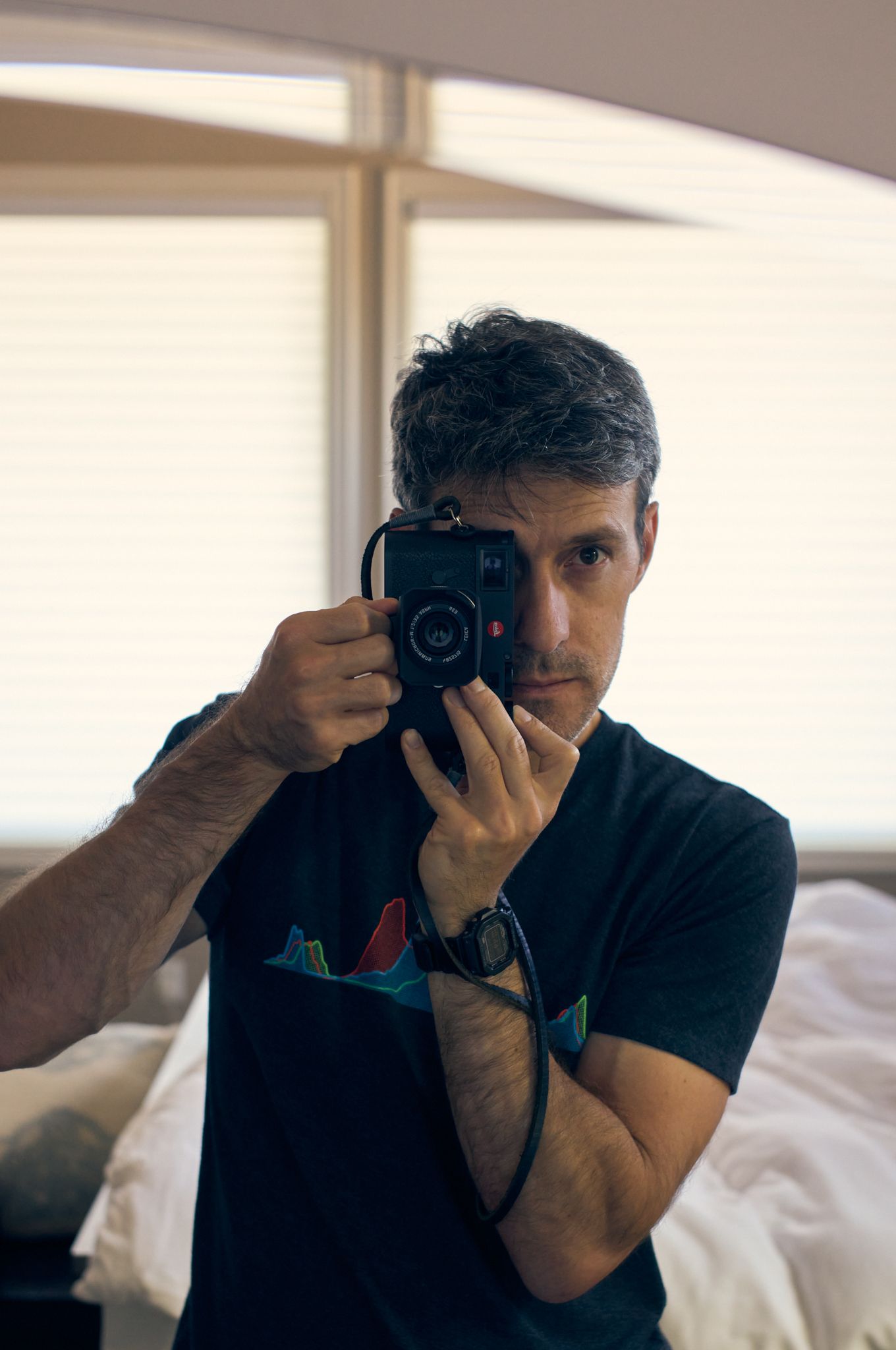
The Leica has fancy features like pixel binning, a hybrid shutter, digital cropping, various exposure modes, onboard memory, and more. But I don’t use them.
I use it as an extension of what I see, and when I see something interesting, it’s there and ready to capture it, getting out of the way and letting me simply record the moment. But there are other compact digital cameras, so why a Leica?
There are a few reasons why I picked a Leica (over, say, a Fuji):
- I can use my grandfather’s 1950’s-era 50mm Summicron lens
- the small, almost understated presence of the camera means I can take it anywhere
- the build quality is top-notch, and I have a penchant for things made by hand with intention and thoughtfulness
- the menu system is almost non-existent, which means less time fiddling and more shooting
- one cannot ignore the timeless design; it’s a pure joy to hold and operate, and it makes me constantly want to shoot with it
But perhaps the camera's most important “feature” of the M11 is that it forces you to slow down. And this is where the real departure from my Z7 comes into play: instead of rapidly firing off a cacophony of images each second, I shoot at about 1/30th the speed, one image slowly taken and deliberately planned.
And I absolutely love this.
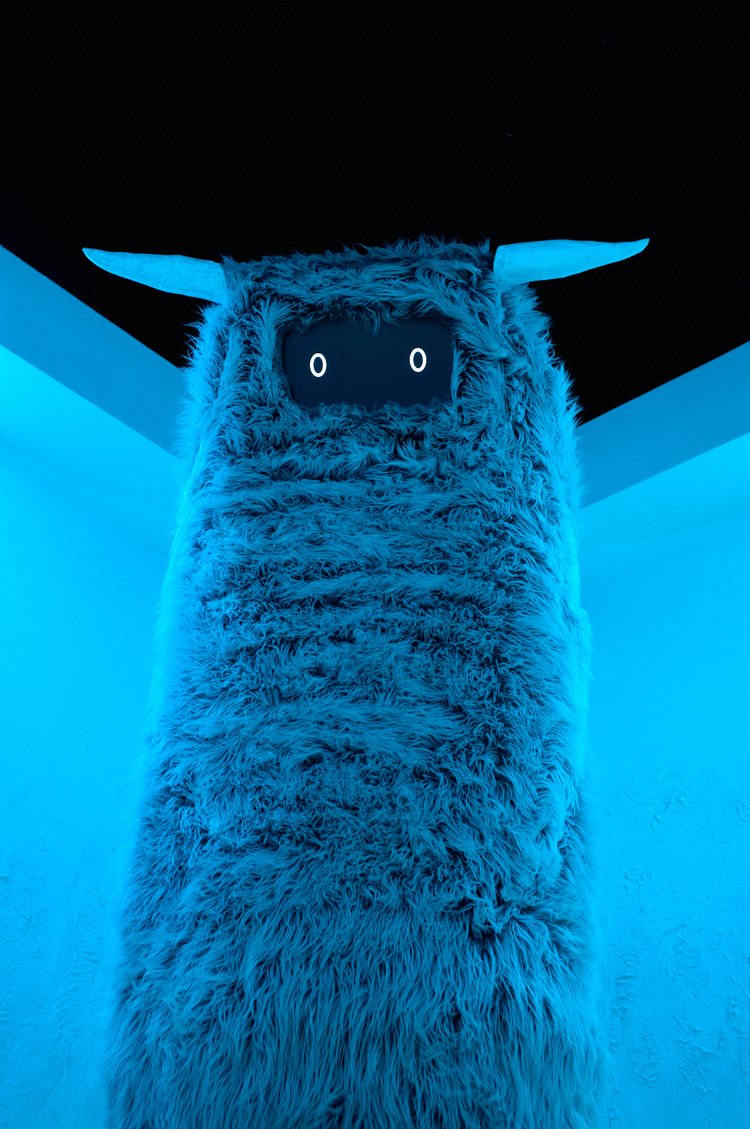
Meow Wolf in Albuquerque, NM. Handheld Leica M11 with 35mm Summicron // ISO 3200 // 1/20s // f/4.8
Why didn’t I buy a Leica M10 (or M9, or…)?
About 10 years ago, I discovered my grandfather’s immaculate 1950s Leica M3 tucked away in a dresser in my parent’s house. When I pulled the drawer out, I gasped. I sent the M3 to Leica for a complete overhaul (it was in fantastic condition, but the Summicron lens needed a little adjustment). I’ve shot many rolls of film on the hefty tank that it is, and to me, it has a strange way of connecting me to my grandfather, who had apparently excellent taste in tools.
But I think that M3 planted the already-growing seed: I knew one day when the hardware was just right, I’d get a digital Leica.
A few things set me off from the older cameras, and I knew Leica would eventually “come around” and make the changes.
First, I’ve never been a fan of the bottom plate on their cameras. Yes, it’s a holdover from the film days, and my Leica M3 has one, and it’s lovely, but the bottom plate was 100% form and 0% function. One of the great things about my Nikon Z7 is that I can quickly and easily access the memory card and battery.
Why wouldn’t you want that?
With the M11, they removed the anachronistic bottom plate; in my opinion, it’s for the better. I can pop out the battery with an enjoyable swing of a switch and access the SD card alongside it. (If you have the M11, notice how satisfying it is to slide the battery back in, the tolerances are so fine it’s almost like the air in the camera pushes out when it goes in.)
So, all in all, they ticked all the right boxes for me. And the fact that early reports that the new 60-megapixel sensor was a thing of magic (and it is, I’d venture it’s squarely in medium format territory) sealed the deal for me.
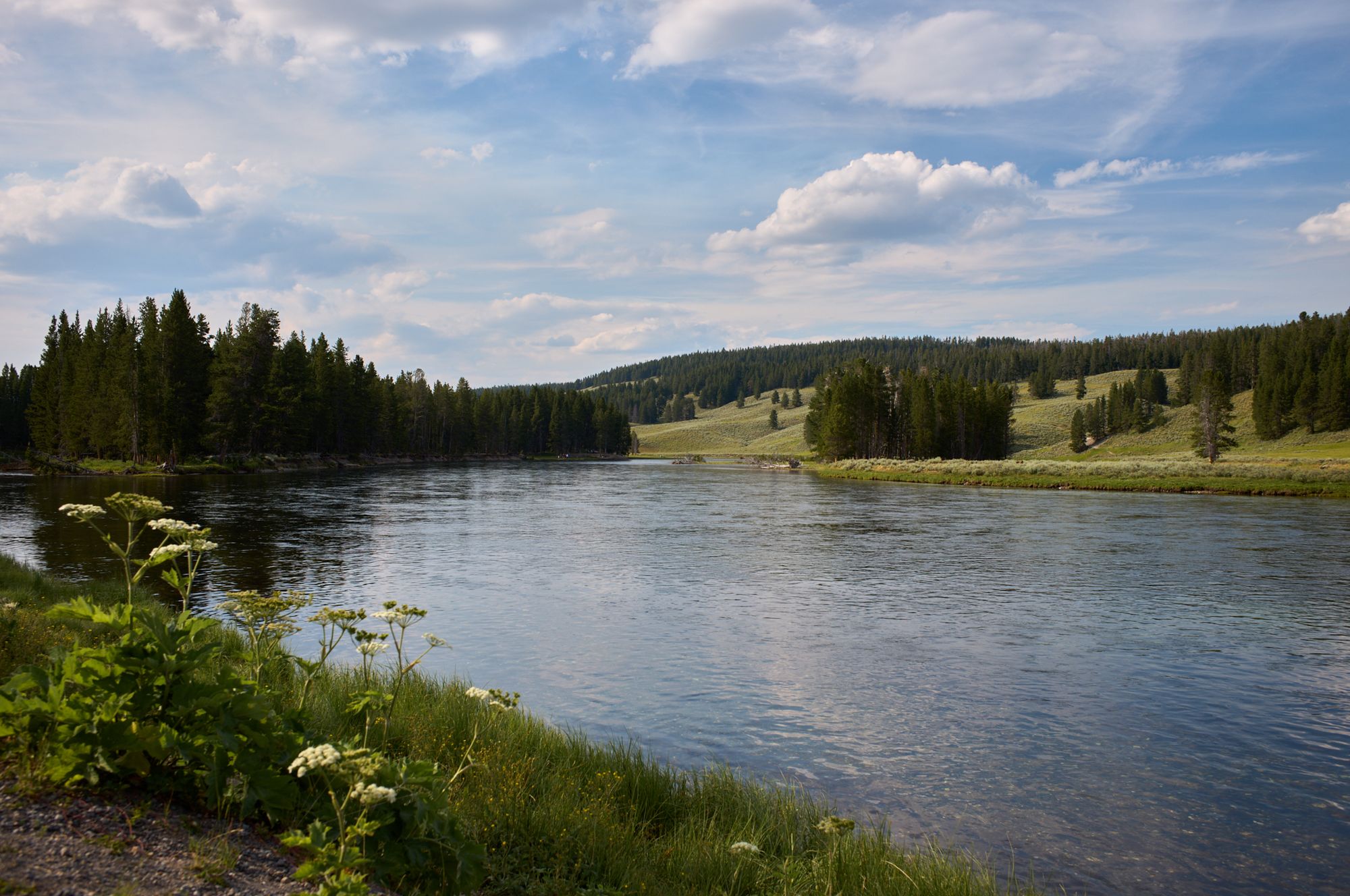
How I use the Leica M11
I use the Leica M11 like an old film camera, with the added benefit that I can immediately see the image I’ve just captured for just a moment on the rear display. Let’s look at some features.
Battery life
First, the battery life on this camera is just incredible. I’m not sure what magic they are doing behind the scenes, but I can go several days of spirited shooting all without having to recharge the compact battery. Your mileage may vary, but without using the back display for focusing, the camera uses very little battery life even during long shooting spans.
ISO
In most cases, I don’t like to use the Auto ISO feature. I only use Auto ISO if I shoot in a dynamic lighting environment where I might be moving indoors and outdoors or if the subject matter is fast-moving. Otherwise, I keep the top ISO dial set to “M” (manual), and I’ve mapped the small function button on the top of the camera to change my ISO quickly. In most cases, I only have to assess the shooting situation and set the ISO a single time, then focus more on adjusting my aperture and shutter speed at the moment.
Internal storage
I have the camera set to make a backup copy of any image taken to the SD card to the internal memory. Having redundancy makes the whole thing disappear, leaving only the confidence that the camera is making a backup copy of anything I capture, just in case.
USB-C
New to the Leica series is the included USB-C port on the bottom, which is kind of amazing. I use the port to charge the camera and transfer files without lugging around a separate charger or cable. One USB cable to rule them all. All cameras should have this going forward.
You’ll notice a theme here with how I use the M11: I do almost nothing except adjust the ISO, aperture, and shutter speed. The basics of photography. Going back to the simplicity of the machine, aside from using something like an iPhone, which is just a big CAPTURE button, the Leica represents complete freedom from complexity.
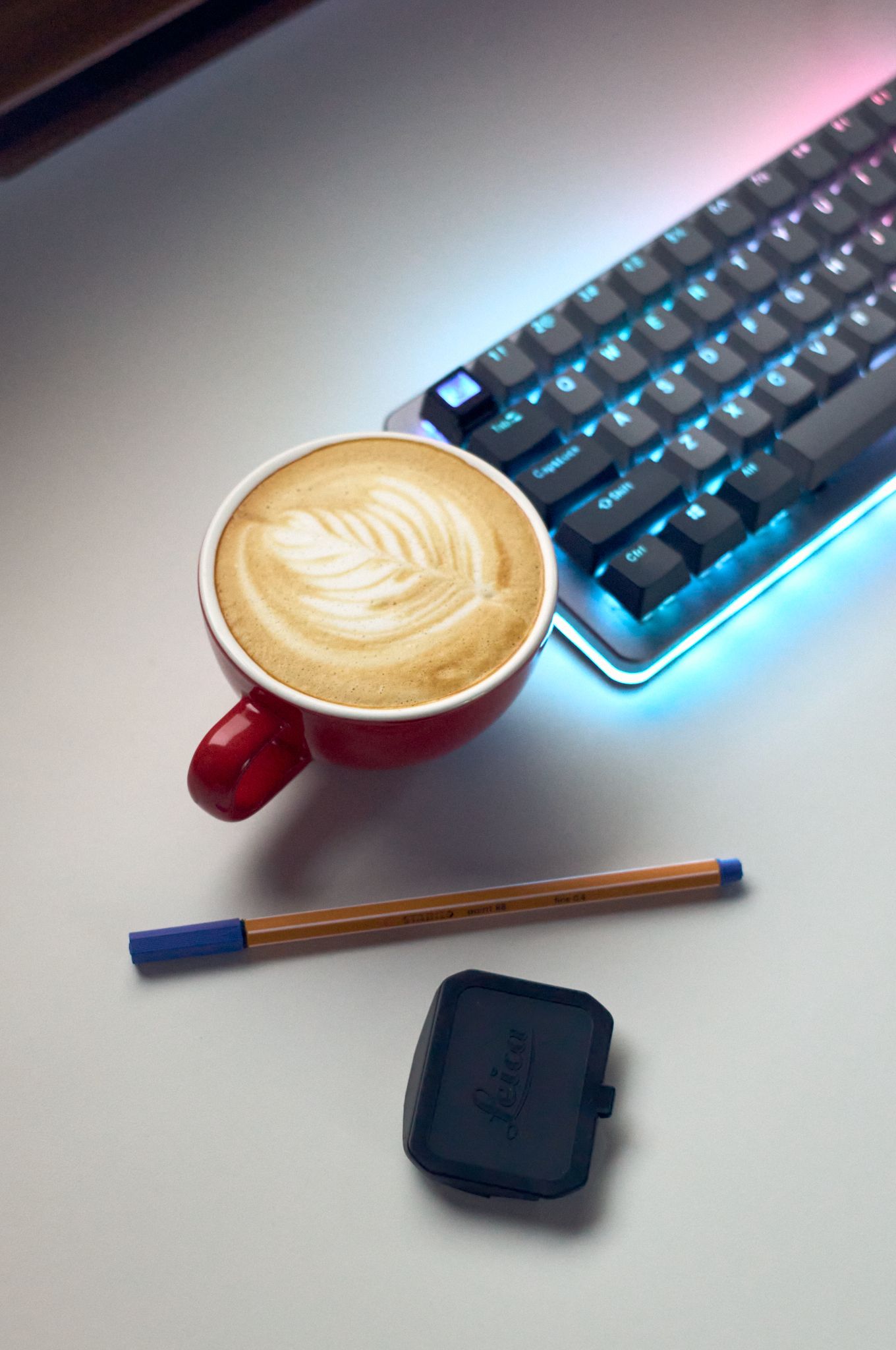
Are there any downsides to the Leica M11?
While not a total dealbreaker, I’d say the biggest issue I have with the camera is the startup time. It takes longer than expected for the camera to be on and ready after flipping the power switch. I’m not sure if this is something that can be fixed through a firmware update, but I sure hope so. A “fix” is to leave the camera on the entire time, then do a light tap to the shutter to ensure it’s awake. This works, but I find I’ve trained myself to simply flip the switch off after shooting what I want to capture, then preempting the next moment by turning it on before I think I’ll need it.
I notice of all the objects in my life, the ones I use the most are simple and do one thing extremely well.
Also, we must talk about the price. I realize this is a purpose-built machine of the highest quality, made to meet exacting specifications, but this tool set me back. The camera body alone cost me more than I thought I’d ever spend on a single item. The upside (to this downside) is that these digital cameras hold their value, should I want to sell it in the future. Though, to be honest, I don’t see that happening. It’s kind of the perfect camera in so many ways.
I imagine the cost also reflects one of the aspects of Leica I value: These cameras are made by hand. There are so few things these days where this is true, and I think it’s worth whatever additional price is necessary. (In contrast, I picture iPhones built by complex machinery in a large, windowless box with robot arms whizzing back and forth, placing and removing with inhuman speed.)
I notice of all the objects in my life, the ones I use the most are simple and do one thing extremely well.
And for the Leica M11, it excels at simply getting out of the way. It’s an extension of what you see and how you see it, letting you capture exactly that.